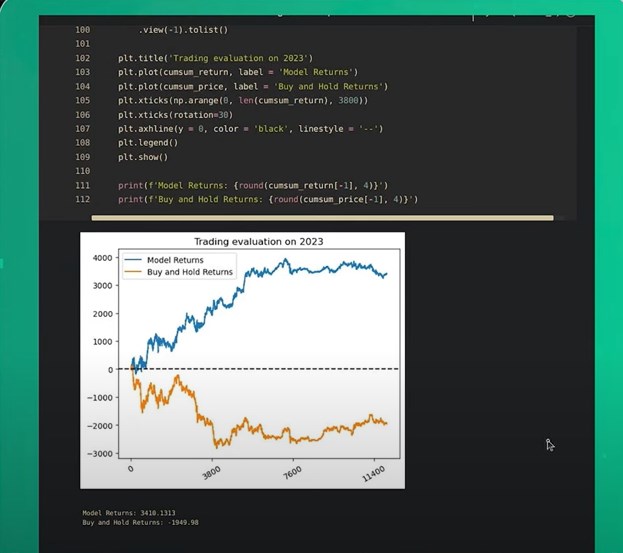Trading robots, also known as algorithmic trading programs or automated trading systems, are becoming increasingly popular among traders. These programs use artificial intelligence (AI) and machine learning algorithms to analyze market data and execute trades automatically, without human intervention. In this article, well explore the steps involved in creating a trading robot using AI.

Step 1: Determine Your Trading Strategy
The first step in building a trading robot is to determine your trading strategy. Your strategy should be based on market data and should be well-defined and tested. It‘s important to keep in mind that a trading robot is only as good as the strategy it’s based on.
Step 2: Collect and Analyze Market Data
The next step is to collect and analyze market data. This includes historical price data, news articles, and other relevant information that may affect the market. You‘ll need to determine which data is relevant to your trading strategy and how you’ll analyze it. Machine learning algorithms can be used to analyze large amounts of data and identify patterns that may be difficult for humans to see.
Step 3: Choose an AI Framework
There are many AI frameworks available for building trading robots, including TensorFlow, Keras, and PyTorch. Choose a framework that is well-suited to your needs and experience level.
Step 4: Develop and Test Your Algorithm
Using your chosen AI framework, develop and test your algorithm. This involves training your machine learning algorithm on historical market data and testing it on a separate set of data to see how well it performs. Youll need to refine your algorithm until it produces accurate and profitable trades.
Step 5: Implement Your Algorithm in a Trading Platform
Once your algorithm has been developed and tested, you‘ll need to implement it in a trading platform. This involves connecting your algorithm to a broker’s trading API and setting up automated trades based on the signals generated by your algorithm. You‘ll also need to monitor your robot’s performance and make adjustments as necessary.
Step 6: Monitor and Optimize Your Robot
Finally, its important to monitor and optimize your trading robot on an ongoing basis. This includes monitoring its performance, making adjustments to your algorithm as market conditions change, and ensuring that your robot is always up-to-date with the latest market data.
Conclusion
Building a trading robot using AI can be a complex and time-consuming process, but it can also be highly rewarding. With the right strategy, data analysis, and AI framework, you can create a robot that can execute trades automatically and profitably. As always, its important to remember that trading involves risk and that no trading robot can guarantee profits. However, by following these steps and continuing to refine your robot over time, you can increase your chances of success in the markets.
Related recommendation:How to Create An AI Crypto Trading Bot? Follow Daniel to find out!
